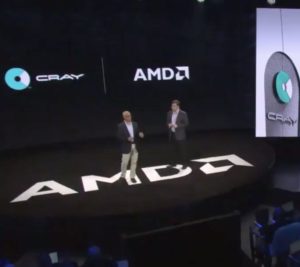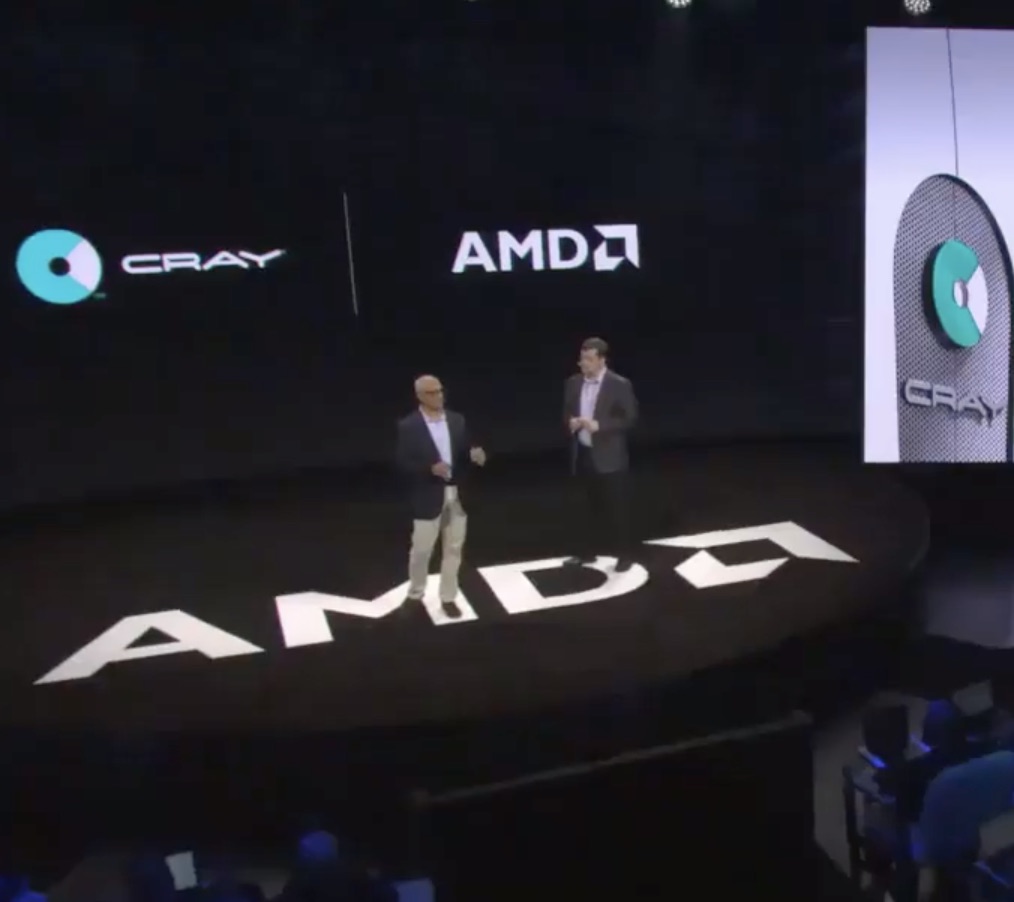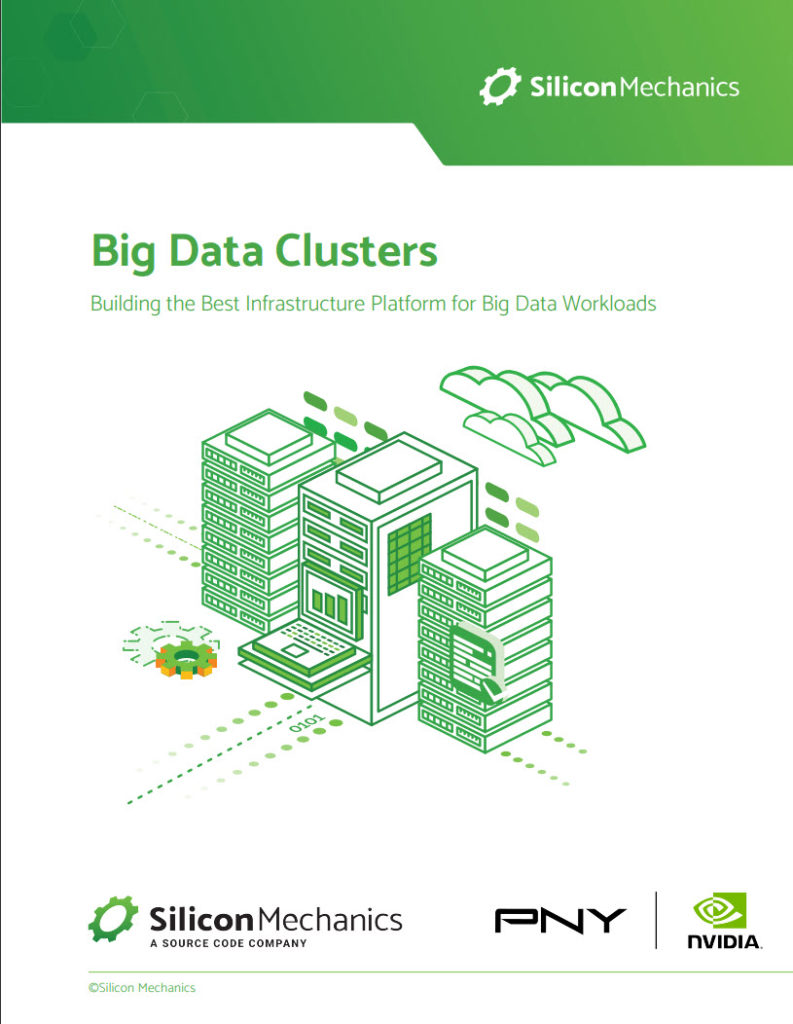 In this video, from Forrest Norrod from AMD welcomes Peter Ungaro from Cray to discuss how 2nd Generation AMD EPYC processors with drive new levels of performance for HPC.
In this video, from Forrest Norrod from AMD welcomes Peter Ungaro from Cray to discuss how 2nd Generation AMD EPYC processors with drive new levels of performance for HPC.
The AMD EPYC 7002 Series Processors deliver the performance to power mission-critical HPC workloads in science, research, and enterprise. Featuring leadership architecture, performance, and security, these 2nd Gen AMD EPYC processors help customers turbocharge their application performance, transform their datacenter operations, and help secure their critical data.
The AMD EPYC 7002 Series Processors are the first x86 server processors featuring 7nm hybrid-multi-die design and PCIe Gen4. With up to 64 high performance cores per SOC, 2nd Gen AMD EPYC Processors deliver world-record performance on industry benchmarks. They are available in the Cray CS500 cluster and Shasta supercomputers.”
Back in May, AMD announced that Cray will build the 2021 Frontier supercomputer at ORNL. The system is expected to deliver more than 1.5 exaFLOPS of processing performance with AMD CPU and GPUs to accelerate advanced research programs.
After that, Matt Link from Indiana University describes how the new Big Red 200 supercomputer will drive simulation-based research.
Indiana University will be the first university to deploy a Shasta system, the Cray Slingshot interconnect and Cray Urika AI Suite for Shasta, providing its engineers, researchers and scientists powerful resources for the next era of computing. The new Big Red 200 supercomputer will be instrumental in the University’s exploration and advancement of AI in education, cybersecurity, medicine, environmental science and more.”
Indiana University will be the first university to deploy a Shasta system, the Cray Slingshot interconnect and Cray Urika AI Suite for Shasta, providing its engineers, researchers and scientists powerful resources for the next era of computing. Named “Big Red 200,” the new supercomputer will be instrumental in the University’s exploration and advancement of AI in education, cybersecurity, medicine, environmental science and more.
The new Cray Shasta system is a necessary addition to support Indiana University’s future research endeavors in solving some of the most pressing challenges facing the people of Indiana and our world. We’ve entered an age where AI is poised to transform the future of many industries–from healthcare to cybersecurity–and we’re confident the latest technology from Cray will meet our needs for a computing infrastructure that will build on the promise of AI in Indiana,” said Brad Wheeler, VP for information technology and CIO at Indiana University. “AI brings a whole new level of insight to our researchers and with Big Red 200, we look forward to uncovering more ways we can use AI to solve societal challenges, scientific queries and further education.”




